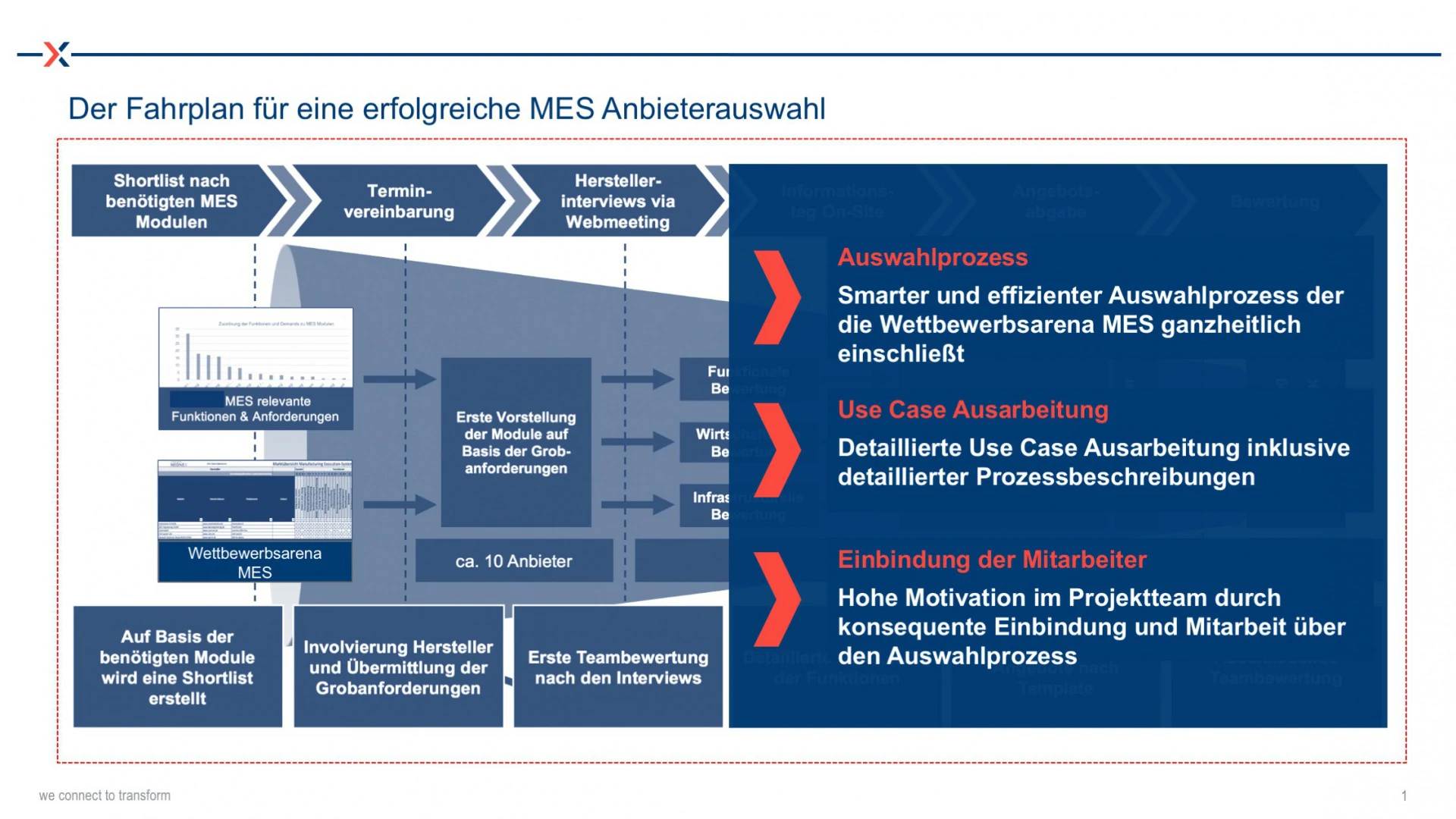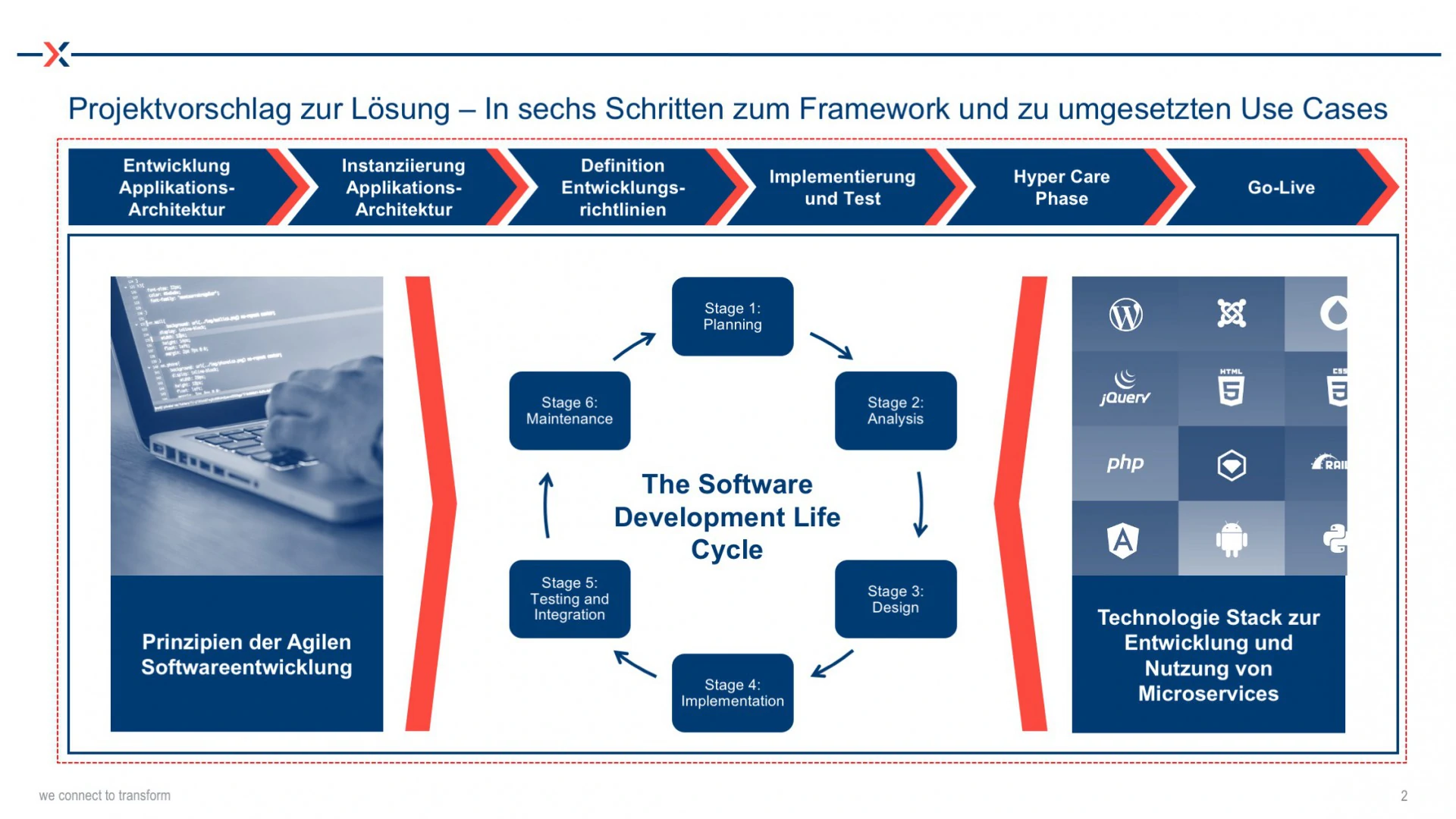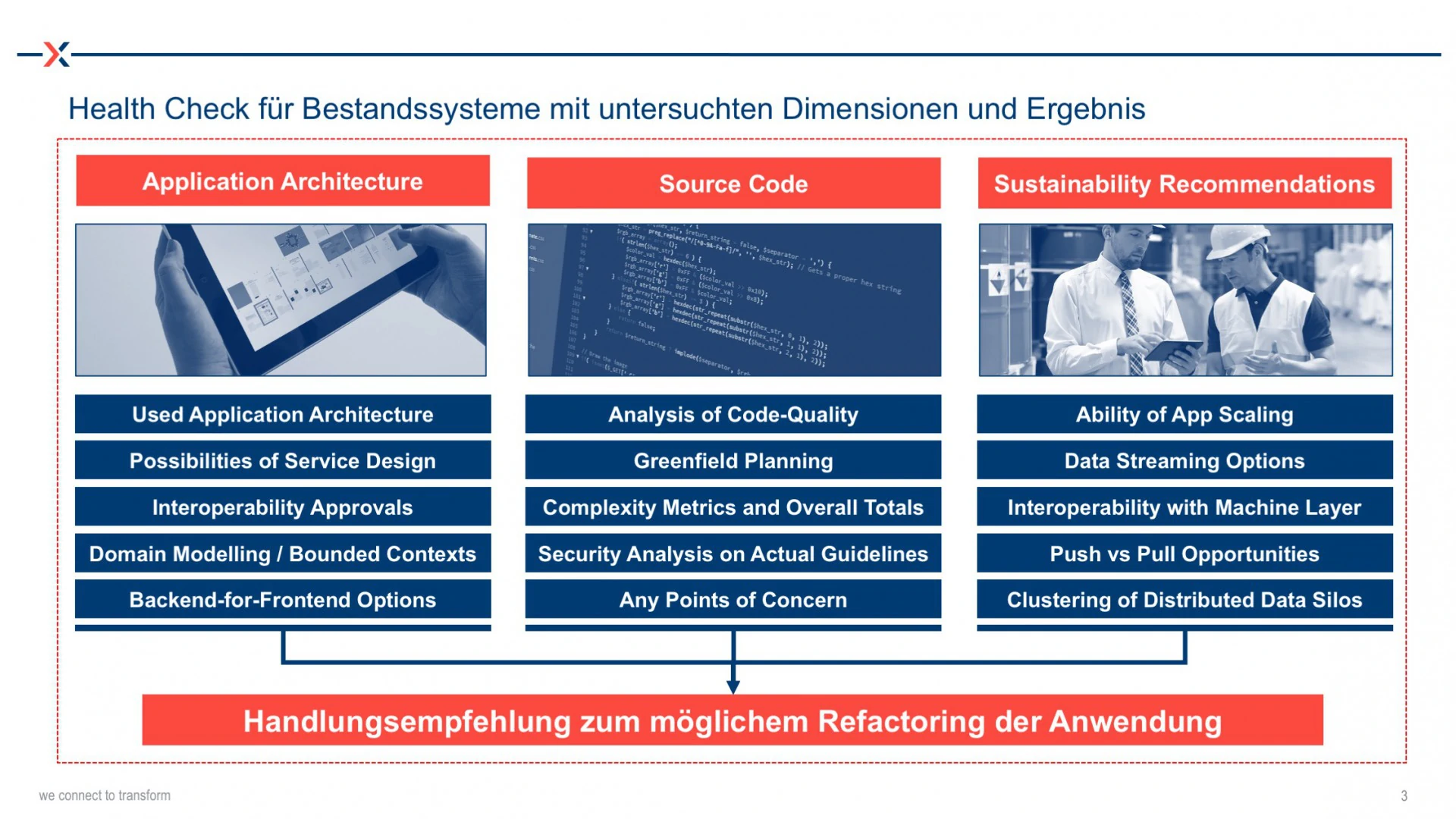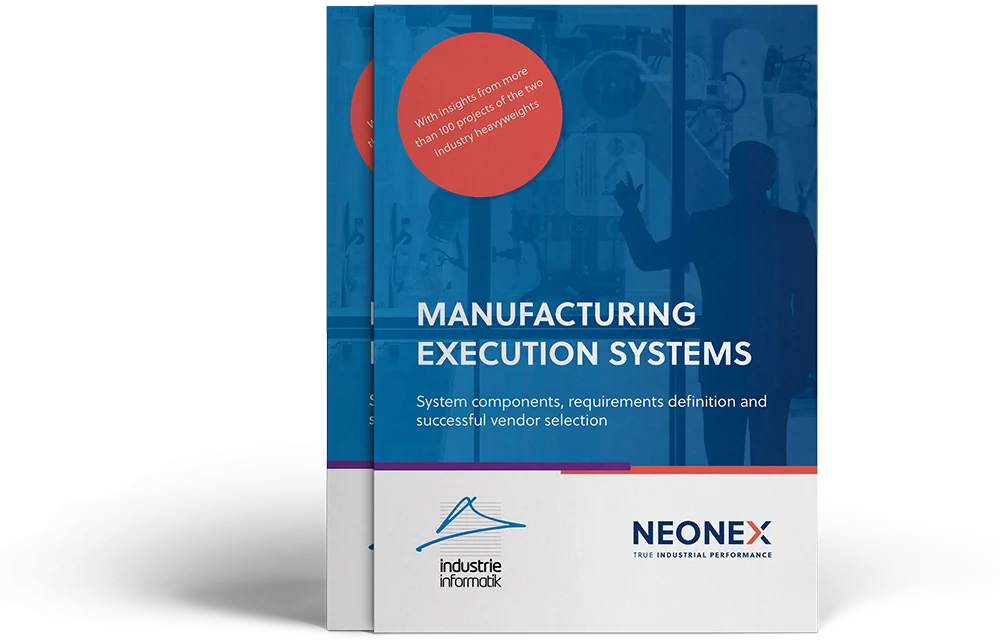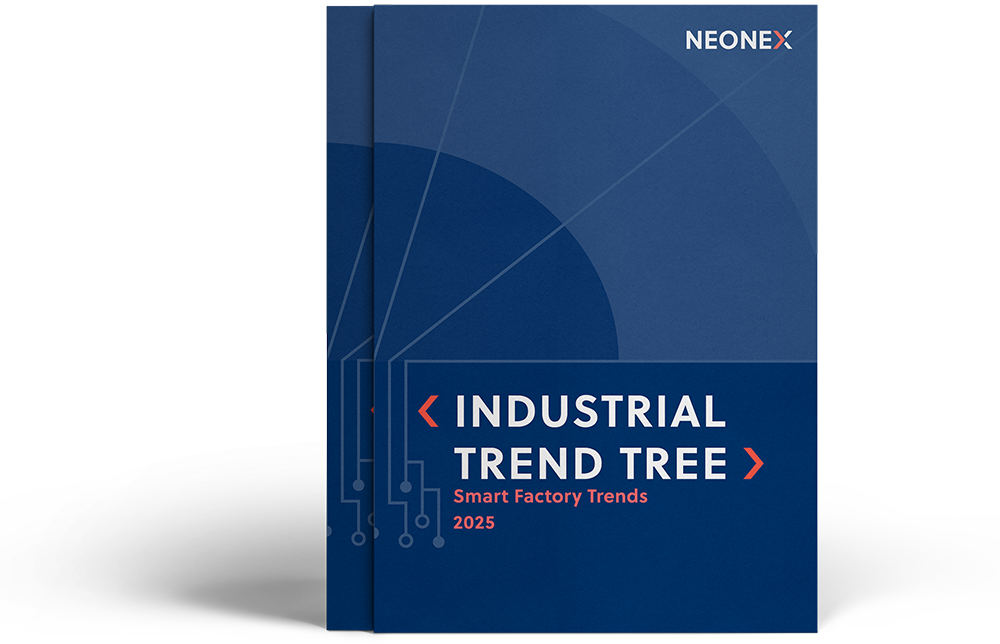IT Architecture 4.0
Shopfloor IT architecture and MES for the Industry 4.0 era
Shopfloor IT Architecture for the Industry 4.0 Era
The aim of the project was to standardize and modernize the heterogeneous IT system landscape in production and production-related areas that had developed over several plants. Based on the results of a comprehensive analysis of the existing systems, a modern, future-proof IT reference architecture was developed under the aspects of digitalization. The architecture includes both the use of a Manufacturing Execution System (MES) and the possibility of developing individual software in an Application Development Framework. Various options for a suitable organizational structure were outlined and evaluated for the new reference architecture.
Customer Benefits
Subprojects
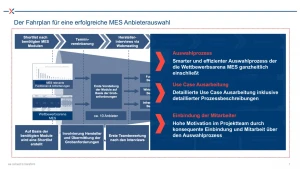
MES-Assessment and Supplier Selection
- MES
- Supplier Selection
Targets
The objective of this activity was to significantly reduce the complexity of the shopfloor-related IT structures by introducing a Manufacturing Execution System (MES).
Procedure
Based on a cross-plant functional analysis, functionalities were identified that were to be implemented with an MES in the future. For the selection process, MES-relevant use cases such as production data acquisition, machine data logging and traceability were worked out, including the necessary process descriptions. With the modules and functionalities identified, the MES selection process was started, which identified the suitable MES provider under the aspects of functional, commercial and infrastructural requirements.
Results
The comprehensive functional analysis made it possible to identify suitable ME systems that perform the same tasks as systems in the current, heterogeneous IT environment. By standardizing functionalities across all plants and implementing them in one MES, the desired significant simplification of the system landscape was achieved.
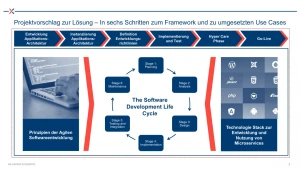
Application Development Framework
- Application Development Framework
- Micro Services
- IoT Platform
Objectives
Due to the fact that individually programmed software solutions would continue to play an important role for the customer even after the introduction of an MES, a conceptual, technical and organizational framework was defined that would offer the possibility of producing "enterprise-grade software" for the shopfloor of the plants in the production network in an individualized and standardized manner.
Procedure
To achieve this objective, a project roadmap was developed which is based on the six stages of the software development life cycle. Organizationally, the approach developed integrates the principles of agile software development. The implementation basis is a technology stack that focuses on the creation and use of reusable microservices.
Results
The presented project roadmap allows the highly standardized implementation of reusable applications with the highest demands on functionality and user experience at optimized software development and operating costs. Furthermore, the empowerment of existing developer capacities through "on-the-job" know-how transfer is at the forefront of the project proposal.
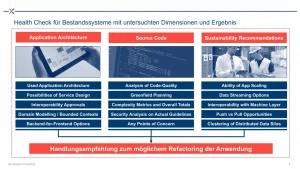
System Health Check
- IT Architecture
- Health Check
Objectives
The objective of this activity was to establish a fact-based decision-making system that would show whether central existing systems should be retained or whether they should be subjected to a refactoring program (reprogramming in the developed application development framework) in order to reduce operating costs and minimize risks.
Procedure
To generate a fact-based basis for decision-making, a system health check was performed on the source code level with two central existing systems. Aspects of the application architecture, application security and code quality were examined in detail and analyzed with common analysis tools (e.g. sonarqube) according to common awareness recommendations (e.g. OWASP Top 10).
Results
Based on the system health check, clear recommendations could be made and options for action identified as to how best to proceed with the existing systems examined under the aspects of investment protection as well as availability and future security. It was also possible to estimate the costs and benefits of a possible refactoring.




